|
Teachers, do your kids struggle with doing research on Canada because the material is too difficult to read and understand? Would you like to find material that provides information in an easier to read format? Does this sound like you?• the materials are too difficult for many of your students to understand • the students are constantly asking for help • there aren't enough resources available that are suitable for younger students • you spend hours searching for materials that will help your students • you start wondering if doing research is worth all the frustration Are you tired of:• kids struggling to read and find information in nonfiction reference books? • kids getting frustrated and always needing help to locate information for their research? • searching for suitable material for younger students that has the information needed for research? I've been there. I often tried to get my kids to do research for various different topics and I spent most of my time either helping them to find materials or helping them to navigate through the material to find the relevant information needed. I enjoyed doing projects with my students, but it was a lot of prep and energy to do so, especially for social studies. I knew I needed to make some changes. I created a series of booklets for Canada that were easier to read and full of pictures and maps that helped with the research. I then had a couple of classes try them out. They worked well and the kids felt successful with their research. Finally I had something that younger kids could use. Research booklets for the 10 provinces and 3 territories There are individual booklets for each of the provinces and territories with an added booklet of the symbols for each. English and French versions available An English version, Canada My Country, and a French version, Canada mon pays, are available as individual booklets and bundles Easy to read format with photographs to help Each page features a photograph or map and an easy to read description. If your students are doing research on Canada's provinces and territories and need easy to read material, these bundles are right for you. Here are some of the features:• Maps of the province or territory and its location in Canada • Photographs to go along with the research information • Information about industries, services, and interesting facts • A booklet of the symbols for each of the provinces or territories I created these booklets for my class when I saw how difficult the materials in our library were for them to read. It felt so good to see them doing the necessary research and enjoying it because they weren't struggling with the material. Don't take my word for it. Here's what others have to say:English version French version Get your Canada Research Bundle now and be ready for your kids to learn about the provinces and territories. Your younger students can do research successfully. Let's recap and you will see why these materials work • All booklets are set up with a similar format • They contain maps and explain where the provinces or territories are located • Capital cities and some well-known landmarks are included • Main industries or services are included • Interesting facts are included • Photographs are clear and visually appealing Time to feel good about your kids doing research! Related PostsTips For Planning Ahead To A New School YearIt may seem crazy for some teachers to be talking about preparing for the new school year so soon, but for other teachers, your summer break is already half over. If you are anything like me, your mind is already thinking about how the new year might look, what you want to do in your classroom to make it fresh for your students and yourself, and what resources and materials you might want to start gathering. You may even be thinking about ways you will build classroom community and set up the rules and routines. Here are 6 tips and ideas that can help you prepare for a successful year. 1. Give your classroom a fresh lookChanging up your classroom arrangement and giving it a fresh look can help you to feel refreshed and ready to begin a new year. In our district, we get our former students for the first week of school as the numbers are tallied and the classes are formed. Even though we try to organize things before school ends for the year, there are always changes in the fall. New students come, some students move away, some go to online instruction, etc. These all affect the numbers and how they are distributed throughout the grades. Once the classes are organized, kids are moved into their new classrooms. Usually, some remain because of all the split grades. Changing up the room and giving them special roles help them to feel like they are important and not missing out. Do you change up how the room looks or add a new decor to your room? If you are looking at adding some color to your room, you might want to check out my rainbow set. It has many different elements in it to make your classroom look cheerful and ready for a new year. I have created an English and a French version so that it will work in French Immersion or core French classrooms as well. 2. Use ice breakers to build classroom communityBuilding a classroom community will help with gaining trust and respect in the group. This is an important part of creating a caring and successful learning climate for the students. There are many different ways to build community. We will look more at this another time, but for now, here are a couple of ice breaker type ideas that might help with getting started. Getting to know each other is an important part of developing class community, so I like to do many different group activities and partner games to mix up the kids and help them to learn to work together with others. Here are a couple of the activities I have used in the past along with a twist to make it a bit different. Find Someone Who Find Someone Who is a well-known icebreaker that is used in various forms. This is my newest version. It is more extensive and can be used for getting to know classmates better. There are interview questions for the 5W and there is also a game component where teams can work together to guess who the person interviewed was. Check it out by clicking the image. If you would prefer a simplified version that is a fast icebreaker, I have made another version that just asks a couple of questions. Click the image to get your free copy. inside/outside circles Choose a topic and have the one circle share with the person they are facing. Then switch roles. This is a great way to learn information about several others as you can continue to have one circle move so that the partners keep changing. You can ask the same question multiple times or you can change up the questions to find out more information. Choose questions that will guide the conversations to learning more about the class members. Ipad glyphs Here is a great way to combine getting to know each other and math. Each glyph has different information on it depending on the likes and interests of the person creating it. After the glyphs are completed, many different questions can be asked for analyzing the data. 3. Have some classroom management strategies plannedClassroom management is an important part of teaching. There needs to be some sort of classroom routine, structure, or rules that are agreed upon in order for good learning to happen. These can be given, mutually developed, or a combination of the two, but they should be established during the first few days so that they can be practiced and followed as soon as possible. I found that using a t-chart for creating some of these routines worked well. Here are some that I used. Classroom rules and manners posters can also help to remind the kids of expectations. Here are some that I created for the primary classroom. There are a couple of different patterns available as well as a black and white version if you prefer. 4. Have some quick and easy activities readyThere are often times during the first few days when you are trying to adjust to getting back into the school routine that you may be scrambling to fill in a few minutes here and there. If you have some quick and easy activities or brain break games ready, you can just grab one of them to use. This will also help to avoid confusion, management situations, and it will help to keep the kids engaged. 5. Remember to have some funThe temptation may be to get started on academics right away, but remember that both you and the kids need to get back into a routine. It is important to make sure that you keep the fun in the activities and interject the academics in a way that isn't too intense as you do review or introduce new topics. Taking some time at the beginning to review and engage with your students will pay off later on. 6. Make sure to take care of yourselfThis is actually one of the most important tips I want to share with you. If you want to be able to get through the next year without burnout and stress, it is important to focus on self care. Every year we seem to forget how tiring it is to start a new school year. Teacher tired the first few weeks of school is real. Make sure that you are getting lots of rest. Take some time for you. Don't just focus on your job. Even if it is only a few minutes a day, do something for you that will help you to de-stress and relax. These are just a few ideas to think about as you leave school for your summer break or as you continue to enjoy your summer holiday. Next week I will talk more about back to school ideas and setting your year up for success. Until then, continue to enjoy your summer break. You deserve it. Related PostsHow Has Money Use Changed?Once the pandemic hit, the way we used money also changed. Because of the fear of spreading the virus through touching things, we started to use debit machines and e-transfers instead of cash for most of our transactions. This is not really a surprise, because even prior to the pandemic in many places people used plastic rather than carrying around cash. One of the problems with using debit cards and credit cards for most transactions, is that kids are not being exposed to cash and its use. Now that things have eased up with the pandemic, cash is being used again. This means that it still needs to be taught so that kids learn how to handle it and use it. We need to help prepare them for using it in the real world. Learning The Value Of CoinsSometimes young children think that the number of coins they have is worth more than the actual value of the coins. For instance, a handful of nickels is often worth less than a few quarters. Understanding the value of coins is important. Counting coins is a great way to better understand how groups of coins work. They learn how many coins are needed to make a dollar. They can also learn about groupings of coins for specific amounts. Making 5 groups of 10 for dimes, 10 groups of 4 for quarters, groups of 20 for nickels, and 5 groups of 10 for pennies helps them to understand how many coins are needed for rolls. From there, kids learn that a roll of pennies is 50¢, a roll of nickels is $2.00, a roll of dimes is $5.00 and a roll of quarters is $10.00. Note: In Canada we no longer use the penny, but it is still a good practice to count them because we sometimes we have American pennies or use them when traveling to the States. Larger denominations can also be counted. In Canada, we have loonies and toonies, but in United States they have dollar bills. Both countries have larger bills such as five, ten, twenty, fifty, hundred. It is important for kids to learn about these larger amounts as well. Money Resources To HelpI have created many different resources for identifying and working with coins and bills in both USD and CDN versions. These are helpful for practicing how money works, but hands-on activities are also important. Creating situations where they can buy and sell things is a a great way to practice using money. My students loved using the school play money and getting the bigger bills for transactions. Games like Monopoly are still very popular today and kids love being able to handle the larger amounts of money as they buy property and collect rent. If you are looking for a complete unit that includes many different aspects of earning money, saving money, spending money and life skills for using money, check out this unit that I created with my grade 3 class. It turned out to be far more successful than I could have imagined when I started it. Kids need to understand money if they are going to be successful with using money in the real world. Check out my related posts below for more information about how kids can be taught to use money in real world situations. Related PostsResearch Activities Made To Help Younger Kids Learn About CanadaLearning about the country you live in and the flags and symbols associated with that country can be fun, but also tricky if you have trouble memorizing things. Using games and activities that are hands on will help with making the connections. These are especially helpful for those who need visual clues. I created a couple of games and task card activities to help with learning about Canada for my students. These were very helpful and they were engaging, so the kids found it easier to learn the material. They also had fun playing so they were more involved in their learning. They were a good supplement for Canada studies of the symbols and the research project was helpful for learning in more depth. Because I was working with a French Immersion class and also tutoring students in French, I decided to create a French version of some of the resources. I then gave them to the teachers to use with their classes. I also created a bundle of booklets for doing research on the provinces and territories. These booklets were created with younger children in mind because many research materials are very difficult for them to read and understand. These booklets use maps and pictures of important information and interesting facts to supplement the written information. Here are a couple of comments from those who have purchased this bundle. "The booklets were well put together and simple enough for my students who have trouble reading. They are a great way to round out the lesson and encourage reading them at home to their parents." "Really impressed with the high quality colour images and how effectively it portrays each province and territory. It was very beneficial for the class I was teaching. Thank you!" As with the symbols, I created a French version of these booklets. This set I gave to my grandson's teacher to try out. Here are some comments I received from buyers. "Finally I have a resource to support social studies in grade 4 extended French in Ontario students! Bravo! " "Love these! Beautiful pictures and information at an appropriate reading level!" I decided to make a resource to help practice matching the symbols to the different provinces and territories. It is one thing to research and record what the symbols are, but quite a different thing to remember which symbols go with which province or territory. This task card matching set is for the flags and symbols of the provinces and territories. It is a great way to reinforce the information. It is a match up game that fits well with the small booklet from my Canada My Country series. I have also created the activity in French to go along with my Canada Mon Pays series. You can check them out by clicking on the images below.. This is not as easy as you may think. How many times have you memorized material for a test only to forget it later on? It has been quite a while since I looked at the different symbols of the provinces and territories. When I tried to do it by memory, I did make a couple of mistakes the first time through. Once I looked at the booklet and refreshed my memory, it was not difficult to complete correctly. The key was to look for things in the images or on the flag that would help me out. For example, the Saskatchewan flag has the flower on it, so that was a clue. I knew that the loon was on the dollar coin, so that made me think of Canada and Ontario because that is where Canada's capital is. These are only a couple of examples of how I made some connections. Everyone will have their own way of making connections, but if we give kids a couple of examples to go by, they may be able to come up with some clues of their own to help them out. Versatility is important when creating resources, so I made it possible to print these cards in two different sizes. The full size cards are large enough to use in group settings or if you would like to put them in a pocket chart or on the board for kids to sort. You could add small magnets to the back of the cards so they are easily moved around. The smaller size is great for when you want kids to work in centers or individually as they take up less space. These are printed as 2 pages on one sheet. In order to make this more accessible, it may be necessary to do only one symbol at a time for some kids. This is also possible. You could focus just on the flags, birds, flowers, trees, or even the names of the different provinces and territories. You decide based on what works best for your kids. If you are focusing on one province or territory, you can use the cards to talk about the appropriate symbols for that province or territory. Then you could add to that as you move on to a different province or territory. Only choose a few areas at a time. There are many different ways to play match up. Here are a couple of ideas. You can do them by matching up the different symbols with the help of the booklet. You can do a match up like memory by turning over a few cards at a time and deciding where to place them. I have also created different bundle combinations for those wishing to have more options. With or without the booklets and with both English and French versions. Click on the images to check them out. I hope these resources for Canada's symbols and the provinces and territories symbols along with the booklets will help to provide materials that help young children with their research of Canada. Related PostsMarathon Of HopeTerry Fox's Marathon Of Hope has been happening for over 40 years now. I still remember when we were shown a movie of his journey. He wanted to go across Canada to raise money. His goal was to raise $1.00 for every Canadian. He ran the equivalent of one marathon each day. It is hard to imagine running a marathon every day with two good legs, let alone with one good leg and an artificial leg. Most people would train for months to do one marathon. That movie really made an impact on me. Terry Fox was around my age and he had his life cut short because of cancer. He didn't feel sorry for himself, but instead put his effort into making a difference. He started the Marathon Of Hope in 1980 and Canadians have been continuing this marathon every year. I remember when it became a yearly event here in our city and our family participated in either the community run or the run with our schools. It is hard to believe that it has been 41 years since he first dipped his foot in the Atlantic Ocean and started his marathon of hope. Terry Fox: A Canadian HeroTerry Fox is a Canadian hero because he didn't think about himself and feel sorry for himself when he lost his leg. Instead, he decided to help others by raising money for cancer research. He endured pain and suffering for 143 days as he ran across Eastern Canada striving to make a difference. Some days were better than others, but no matter how difficult it got, he didn't give up. He had days when he saw very few people and raised very little money, and he had days where crowds came out to run alongside him and volunteers were needed to help gather up the donations. When Terry had to stop due to cancer in his lungs, he still wanted to make a difference. He said, "Even though I'm not running anymore, we still have to try to find a cure for cancer. Other people should go ahead and try to do their own thing now." His Legacy ContinuesThe Terry Fox Run was established in 1981 to continue Terry's Marathon of Hope. September 13th was designated as Terry Fox Marathon of Hope Day. Every September different communities held a Terry Fox run. Schools would choose a day in late September to do a school run for Terry Fox. Whenever we did a Terry Fox run at the school, time was spent telling Terry's story and sharing stories about how cancer has affected many people that we know. It is frightening to think that almost every family has been affected by cancer in some way. After sharing the stories, we chose people to run on behalf of. Posters were made and feet were posted along the hallways to show how we were in this together, even if it was only for one day a year. I created some activities and posters for my students. They are available here. Hopefully they will inspire kids to do something that makes a difference just as Terry did. I hope that you will be inspired to participate in the Terry Fox Run in your area and that you will help others to continue to share Terry's dream and keep it alive. Let's all work together to help stop cancer. For free resources, tips, and ideas, sign up for my newsletter. Related PostsCanada is a big country with many different provinces and territories with special places and activities that make them unique. Learning about the many cultures and interesting facts can be fun, but depending on the resources and activities, it can also be difficult for some children. Informational text and reference materials often use much more technical language than some children are used to and this makes it hard for emergent readers to handle. That doesn't mean they can't do the job, but it does mean that they may need some extra support and resources that are less difficult to read. Provinces And Territories BookletsI have created a series of books about the provinces and territories in Canada that are suited for doing basic research and usable by students in late primary and early intermediate grades. They were created to help those who were overwhelmed with reference materials. French is Canada's second language, and French Immersion is taught in many places. It is also the main language in some places on the east coast of Canada. I have created these materials in both English and French for this reason. Here is a video preview from one of the books in the series. Click on the image to view it. More Canadian ResourcesI have also created other materials for working with symbols of Canada. Here is a bingo game that I created. It has 6 different boards and is available in English and French. These 24 symbols represent Canada from coast to coast. There is one card that has the words with the symbols as well. I have created separate vocabulary cards as well that can be used for various activities. I Have, Who Has? games are fun and help kids focus on both images and vocabulary. These task cards are 24 symbols of Canada. They are a great supplementary activity for your Canada unit. If you are looking for some cute number cards for calendars or other activities, here are some with Canadian kids and some with Canadian animals. If you are looking for a more in-depth study of Canada, check out my Canadian Social Studies section to find more materials. Here is one project in the section. Well, there you have it. If you are looking for some resources for your late primary/early intermediate classroom check these out. Have fun studying Canada with your students.
Earlier this month I wrote about having 2 secret strengths in teaching and I shared my first strength of teaching guided reading. My second super strength was using projects with my students to help demonstrate learning. My super strength evolved from a need to help students share their learning in a variety of different ways. I discovered early in my classroom teaching experience that some students had a wealth of knowledge, but that they were unable to truly share it in written activities. I decided to try using projects for representing their learning, and I never looked back. Creating A 3D CommunityThis 3D community project was a class project where the class created the community from beginning to end based on what we learned during our study of what a community needs. Our celebration was our chance to share what was learned during this unit. Here are some images of one of the communities. I have also included a storyboard as well. Click on it if you would like a copy for yourself. Our Solar System ProjectOur Solar System was one of my first school/home projects that required the children to choose from a variety of activities to share their learning. It also contained a criteria marking sheet so that they knew what was expected and how it would be graded at the beginning. It was amazing to see how they rose to the challenge. Including the families when it came time to create the projects was a great way of communicating what we were doing at school. Here is a copy of the letter that I send home. Check out some of the projects that my students created. The greatest part was when they shared them with the families and other guests. Their pride and the positive atmosphere made it all worthwhile. Social Studies ProjectsI found that Social Studies lends itself well to projects. Most of my projects dealt with Canada and the provinces and territories, but I also did some projects that are more global. My heritage project came from a need to help a child feel proud of who she was because she was embarrassed to let others know her heritage. By the end of this project, she was sharing with everyone and she was excited to tell others about all the countries that made her special. Money Lessons For KidsI love how ideas come from students and their needs. One year my class was learning about money and we ending up creating a money unit together. It was great using real life experiences for creating the unit. We even ended it with a big fundraising event to raise money for our year end field trip. Here is a sample lesson from the unit. I always looked forward to the new ideas that were provided by my students. If you would like to see some of the other projects that I have created, they are available in my Teachers Pay Teachers store. I would love to hear if projects are part of your teaching.
Teaching children about money is not easy. Working with money is a difficult concept for most children to understand. It is even more challenging now as we don't handle cash as often any more. Most transactions are digital. Paying with cash and making change is not as commonplace and so children don't see it very often. However, it is still an important skill to teach and understand. Over the years, I have discovered that the more concrete, practical applications we can use for teaching about money, the more likely kids will understand and apply the skills in other areas. There are many different ways this can be done. Here are a few different examples. When teaching about regrouping in addition or subtraction, I often used the idea of going to the bank to change pennies into dimes and dimes into dollars for addition or the reverse for subtraction. I would also use play money to practice the concept. At Christmas time, the hamper fund would collect money for gifts for kids. My class did a money drive called Pennies for Presents. We would collect pennies and other coins. Then we would sort, count, and wrap the coins and keep a running tally of the money collected. We did this for 4 weeks. At the end of each week we announced how much we had collected. The money was then delivered to the hamper fund. You can find out more by checking out this blog post. Not only did this teach the children about doing something to help others, it also helped them to learn about how to count and tally money. When the penny was discontinued in Canada, we continued the drive, but we changed the title to Coins for Kids and we collected other coins. I always had lots of play money available in my classroom so the children could handle it and work with it for most activities. We would also do lots of role playing and practice buying and selling items. This helped with the concepts of making change and using different types of coins for payment. I also created several math activities and task cards for these concepts. There are also some that are digital versions for online or distance learning. You can check them out here. Word problems are difficult for children, so trying to add the money concept to them can be challenging. I decided to try to make them more relevant by using examples that would fit situations that children could relate to. This set of problems deals with ways children can earn or spend money in real life. One year, I decided to take things a little further. As handling money became less common, my students found it hard to understand that they couldn't buy whatever they wanted to with the plastic card that their parents used for payment. We began studying about money from that perspective and it led to a money unit and a huge fundraiser for a field trip. We created the unit together and it made a big impact on everyone. You can find out some more by checking out this blog post. I also wrote more about it here. There are many other ways that money can be taught, but I hope these ideas have help to give you some inspiration and additional ways to help kids understand how to use money. Related Posts
This is the time for remembering our veterans. Halloween is over and Thanksgiving and Christmas are not far away. Here in Canada, we have already celebrated Thanksgiving. It is with gratitude that we should be thinking of our veterans and the sacrifices they made for our freedom. We are blessed if we live in a country where freedom is available for everyone. This is huge and we need to always remember that there are many places where this is not true. November 11th is a day dedicated to our veterans for a time of remembrance. In 1918 at the 11th hour on the 11th day of the 11th month the Armistice agreement was signed that ended the first world war. We dedicate that time each year to a ceremony of Remembrance. In Canada, we celebrate Remembrance Day, and in the USA, they celebrate Veterans Day. Our celebrations may differ slightly, but they are similar in one respect. They are a day to give thanks and remember. This year things will be different. Many places will be celebrating virtually because of the pandemic. That doesn't mean we won't be taking the time to remember, it just means we may need to do it online or through a television broadcast. It is important that we still take the time. Because it was so long ago, many of us don't really understand just how much sacrifice our veterans made for us. It is through stories, interviews, and research that we learn this. When we see and hear of other countries that are still in a war zone, it is hard to truly understand what they are going through. We have so much to be thankful for. In the week leading up to Remembrance Day, there are many opportunities to focus on this and share stories and information to help our students understand. This is a great time to do writing activities, reflections, posters, etc. One of my favourite things to do was introduce songs of peace and remembrance to my students. This one has a big impact on children and adults. If you want to find out more about some of the other songs I used, check them out here. I liked to focus on acts of kindness and peace. This is something that children can be a part of and they can understand that they can make a difference even now. Here is a poster I created to show them that one person can make a difference by sharing acts of kindness with others. This can create an explosion of kindness and peace. Get a copy for yourself by clicking on the image below. Here are some other things that I created that can be used to help children understand and give thanks to our veterans. Thank you to all our veterans and to those who continue to fight for peace and freedom. Related Posts
It was 40 years ago that Terry Fox began the Marathon of Hope Run. This run continued after Terry died in 1981 as a tribute to what he had started and it has raised so much money for cancer research. Here is a repeat of a blog post from 2 years ago. I feel very strongly about this, so I felt it was important to bring it to the forefront again. The Marathon of Hope began many years ago when Terry Fox was a young man. He lost his leg to bone cancer when he was 18 years old. On April 12, 1980 he started his Marathon of Hope for cancer research. He was determined to run across Canada and raise $1.00 for every Canadian. He began his run on the east coast by dipping his foot in the Atlantic Ocean. Terry ran every day for about 42 km (26 miles). Imagine running a marathon distance every day. This is hard enough for someone with two strong legs, but Terry did it with a prosthesis on his one leg. He did this for 143 days. Terry Fox was unable to finish his Marathon of Hope. On September 1, 1980 he had to stop because cancer appeared in his lungs. He returned to his home and began treatment for the cancer. He was determined to continue fighting. On June 28,1981 his battle ended. He was no longer with us, but his legacy continues on. Every September cities across Canada and worldwide run in Terry's memory to continue his Marathon of Hope. Click here to find out more about Terry Fox and his Marathon of Hope. Here are some free activities to use with your students if you do a Terry Fox run in your area. I know it is very important in our schools and children still learn about our Canadian hero. Click on the image above to get your copy.
|
About Me Charlene Sequeira
I am a wife, mother of 4, grandmother of 9, and a retired primary and music teacher. I love working with kids and continue to volunteer at school and teach ukulele. Categories
All
|
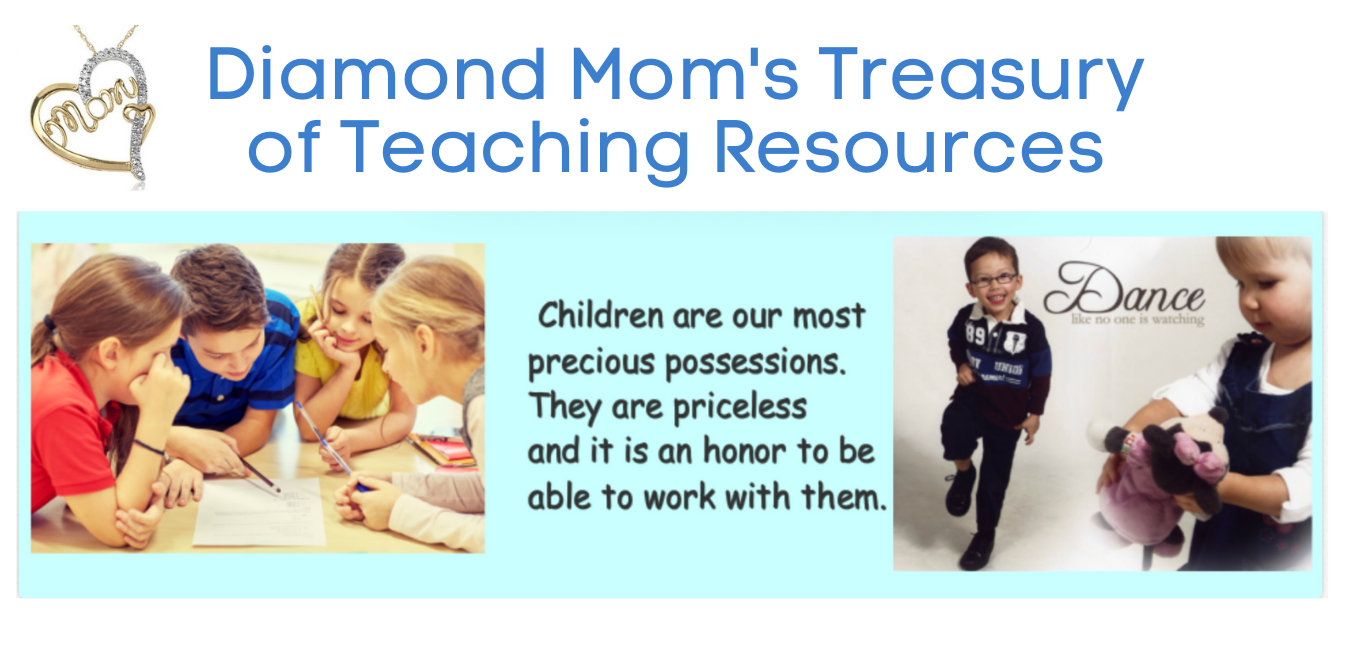
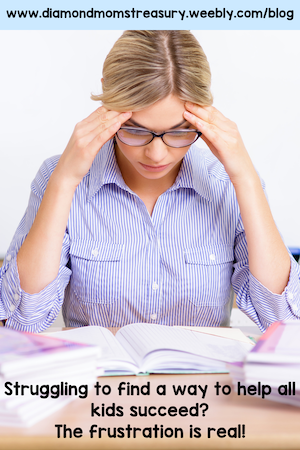
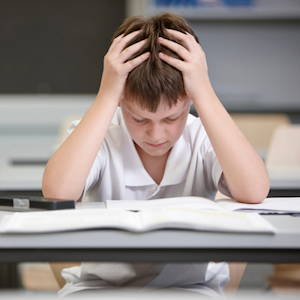

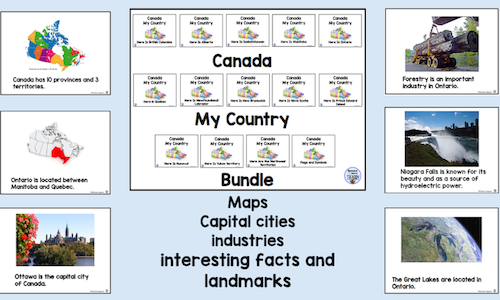
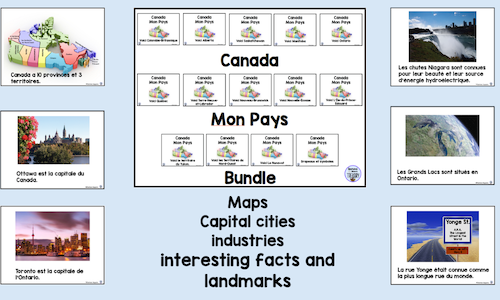
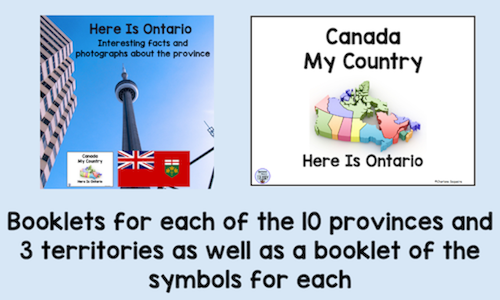
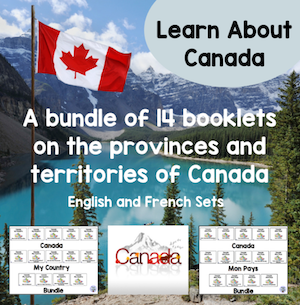
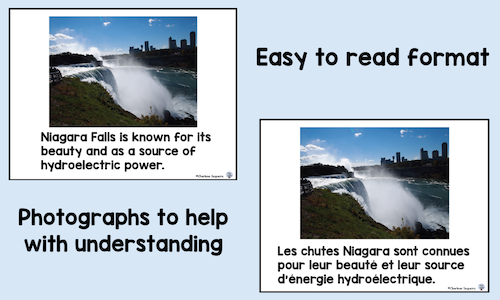
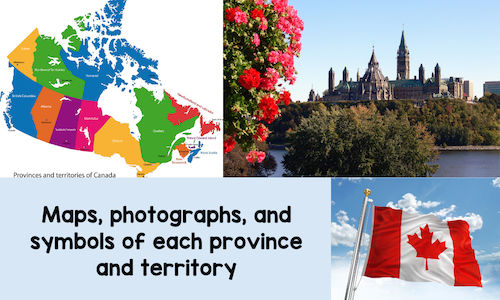
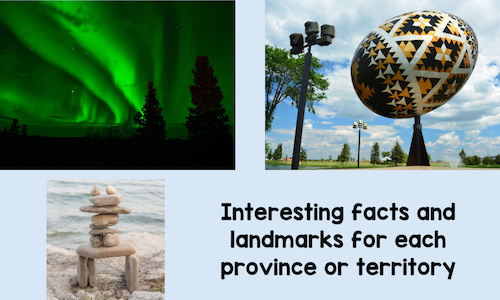
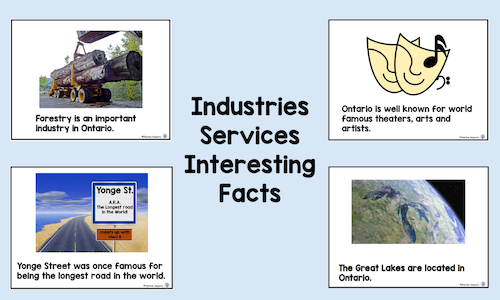






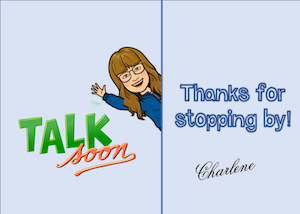
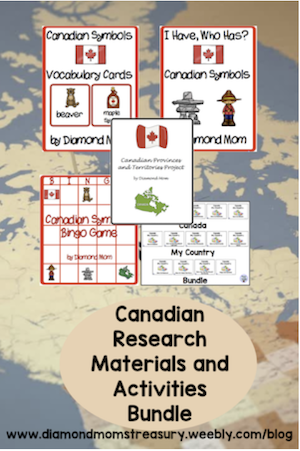
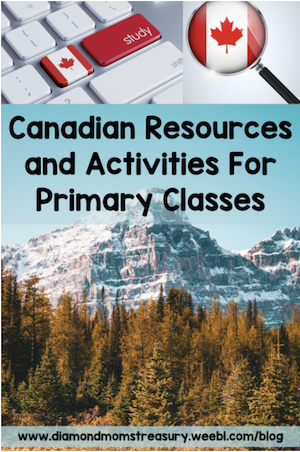

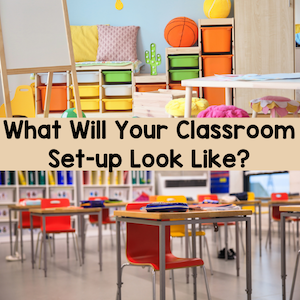
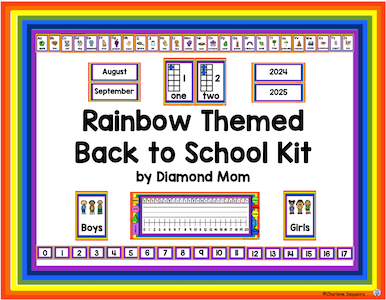
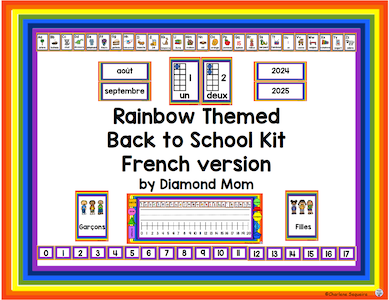
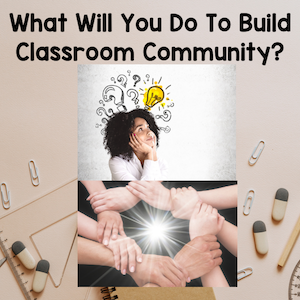
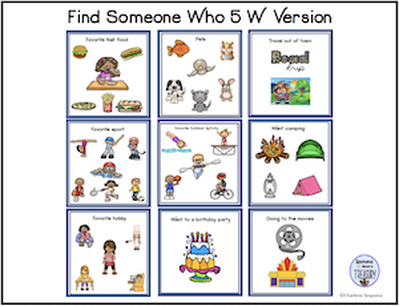
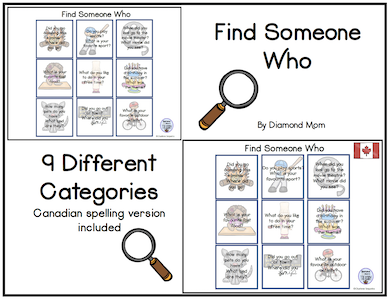
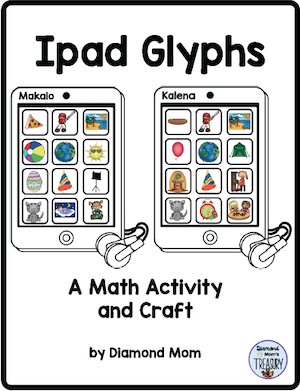
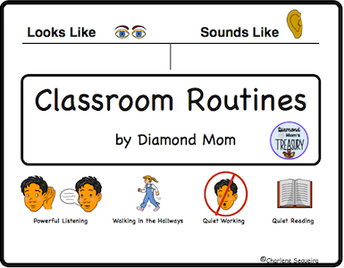
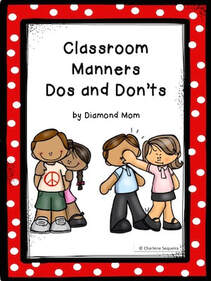
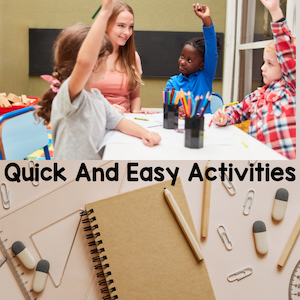
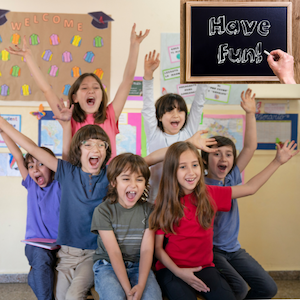
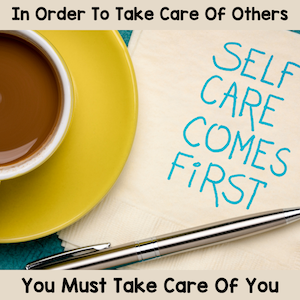
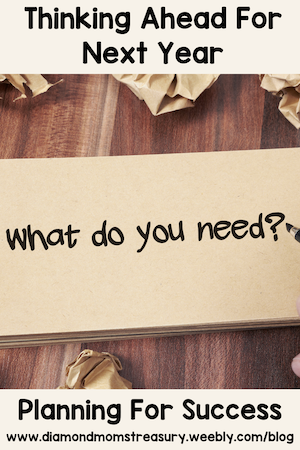

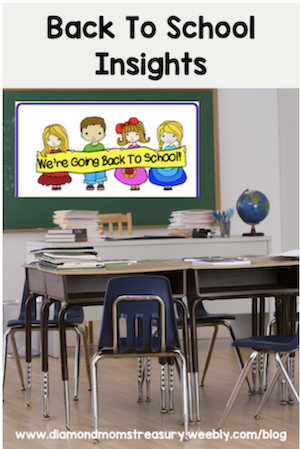
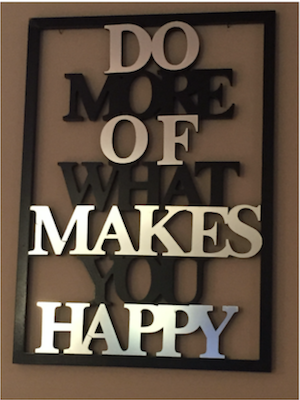
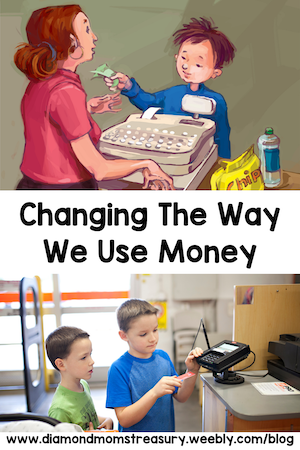
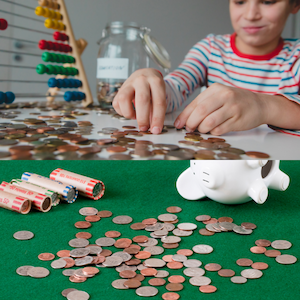
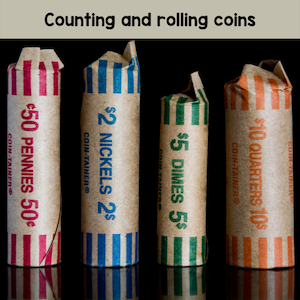

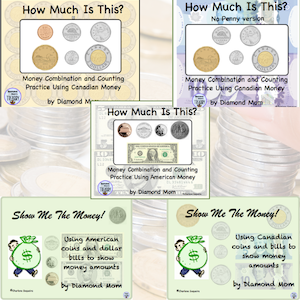
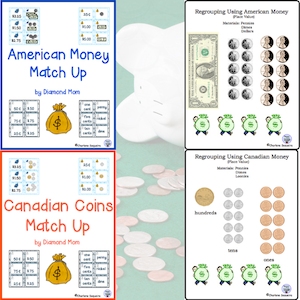
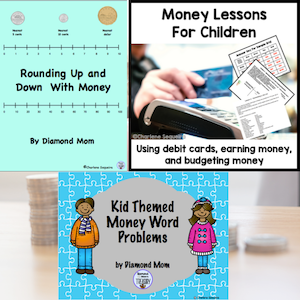
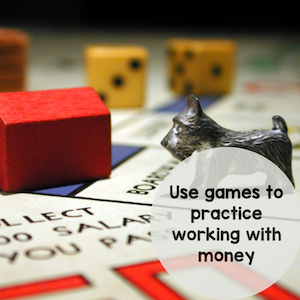
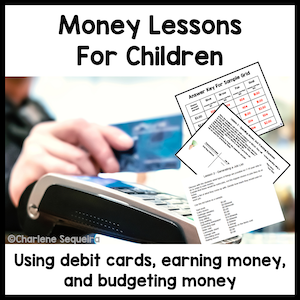


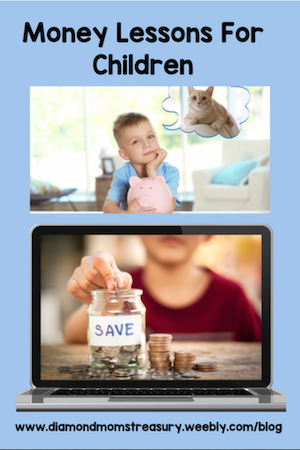
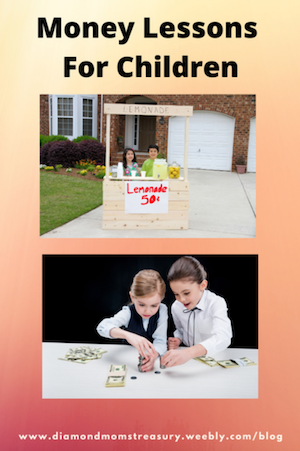
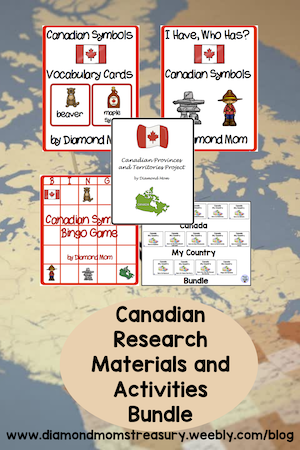
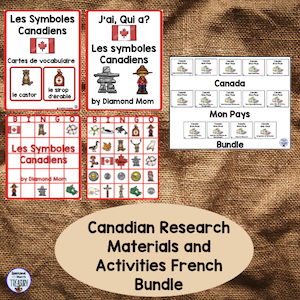
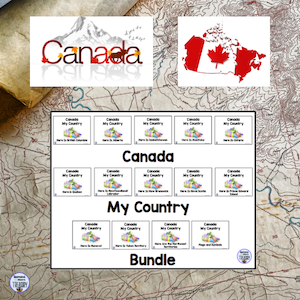
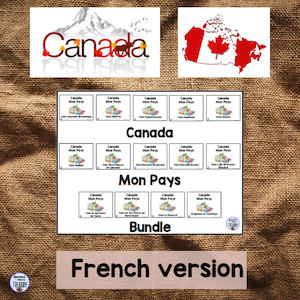
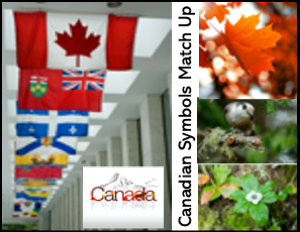
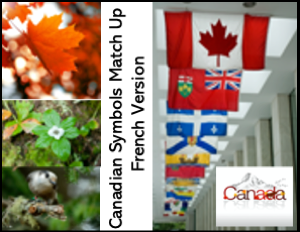
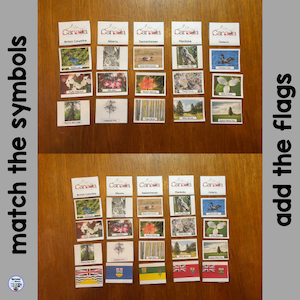
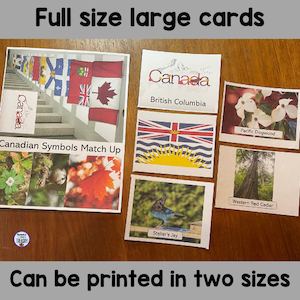
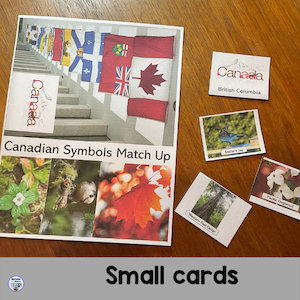
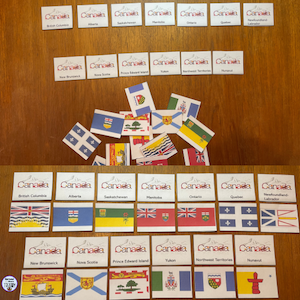
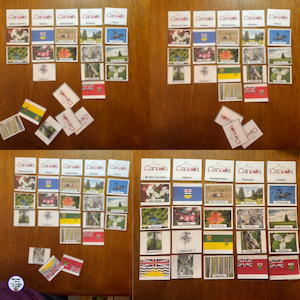
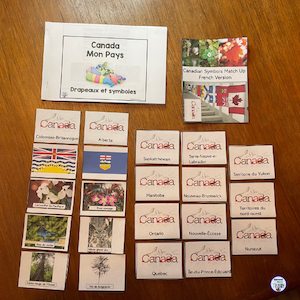
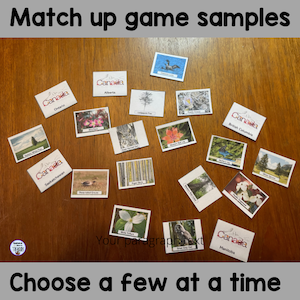
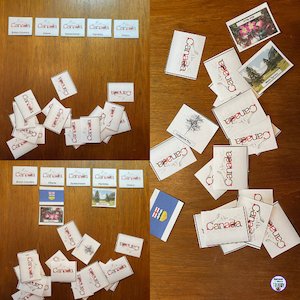
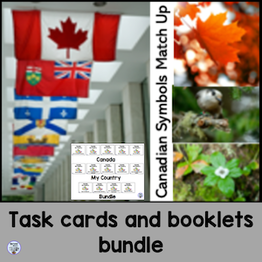
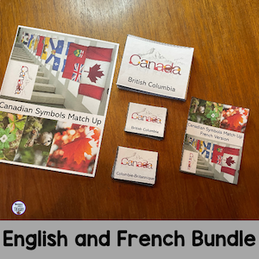
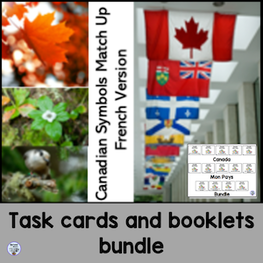
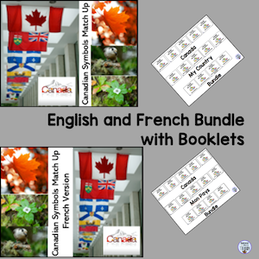
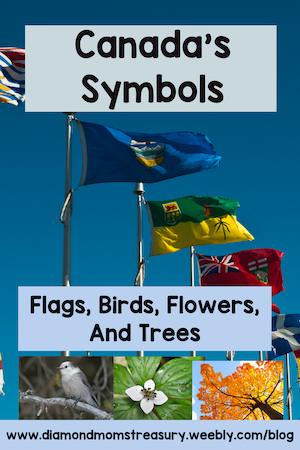

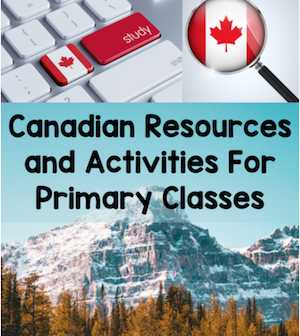
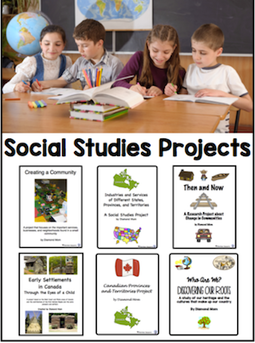

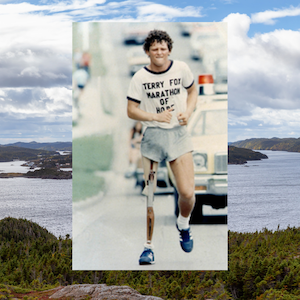

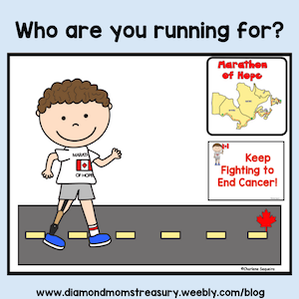
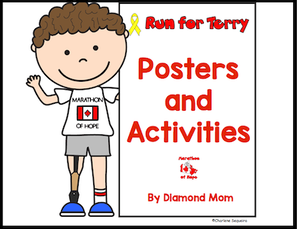


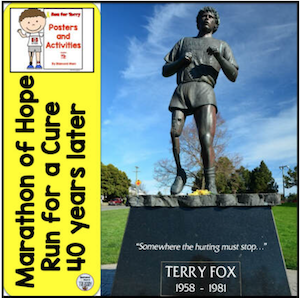
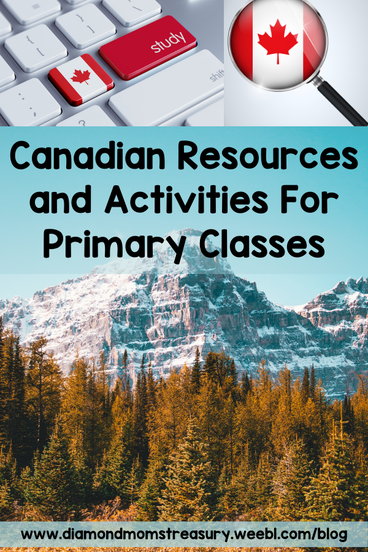
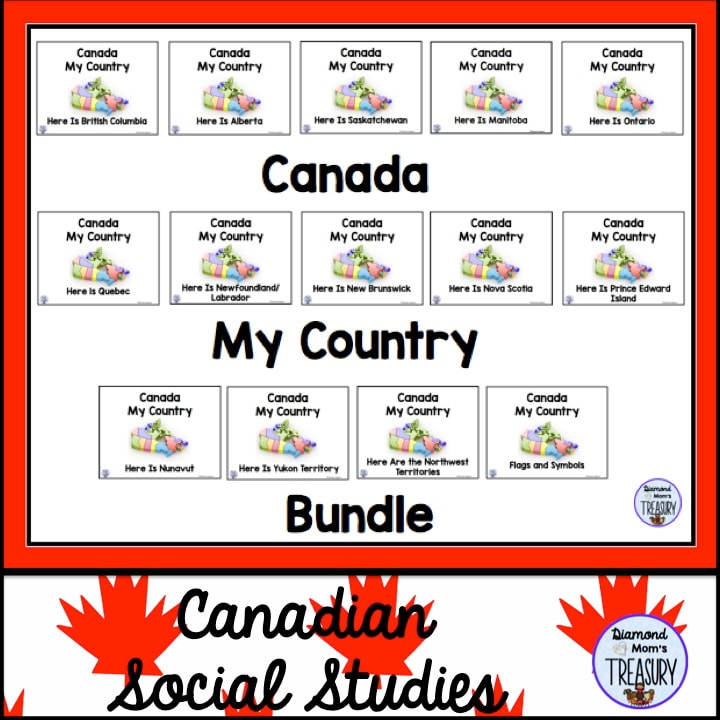
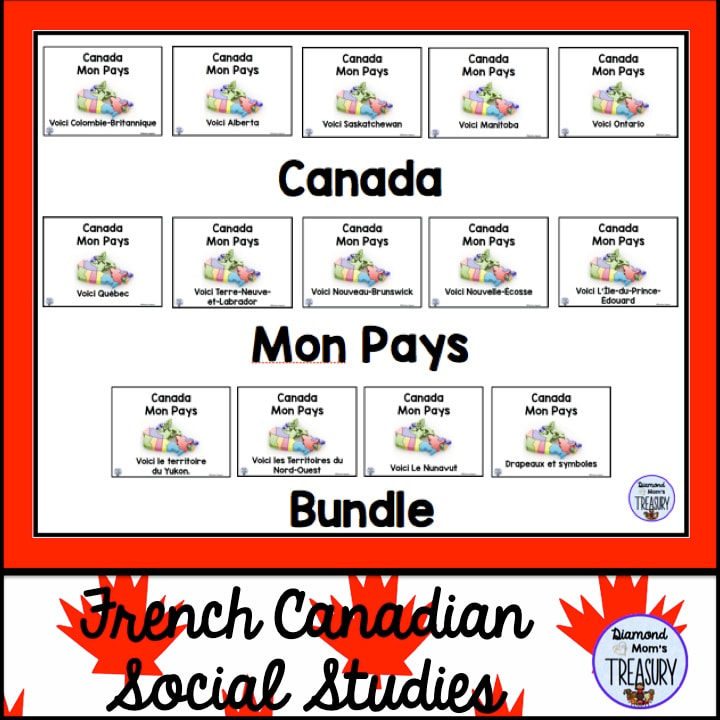
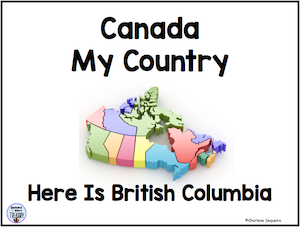
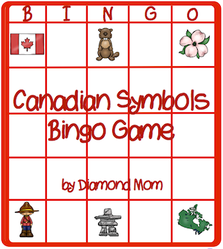
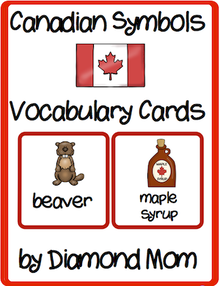
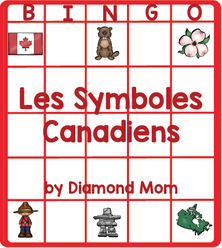
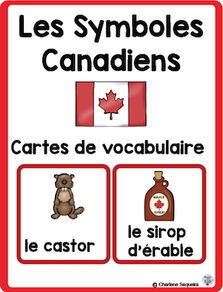
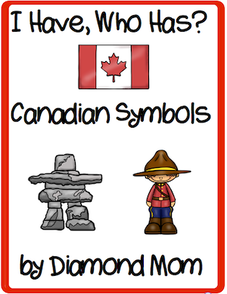
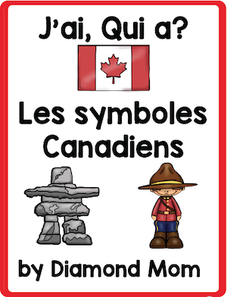
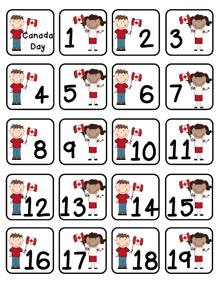
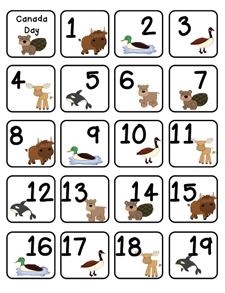
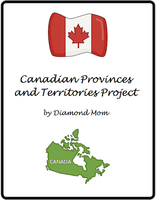
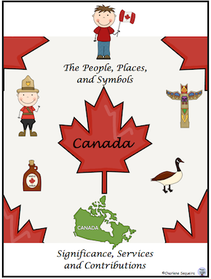

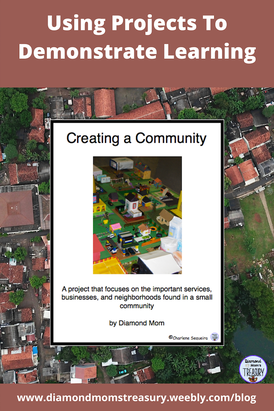
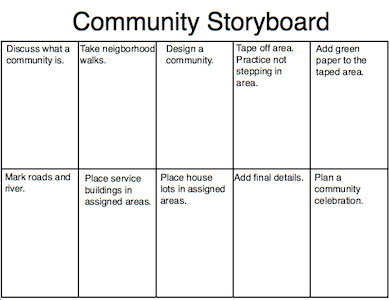
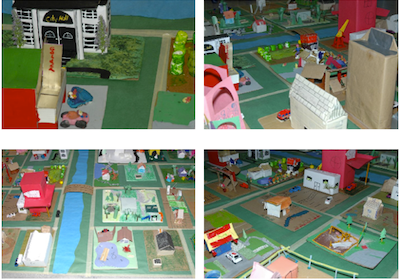
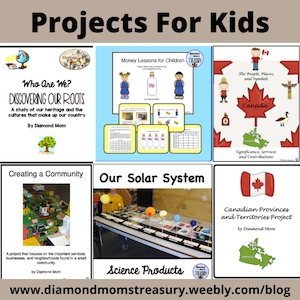
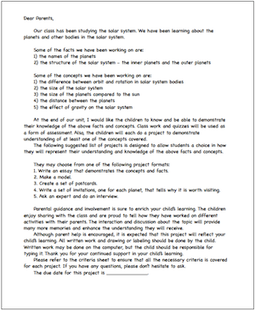
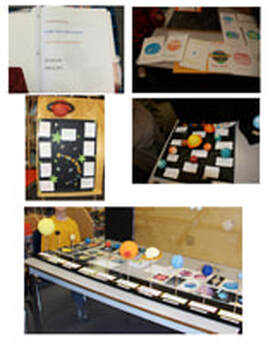
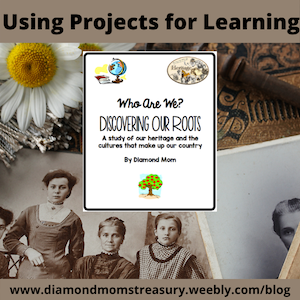
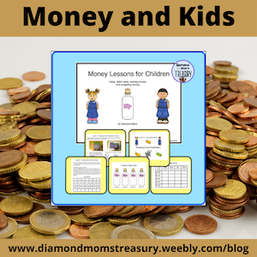
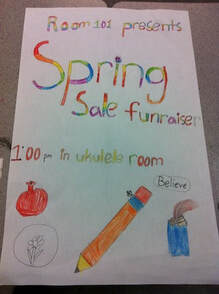
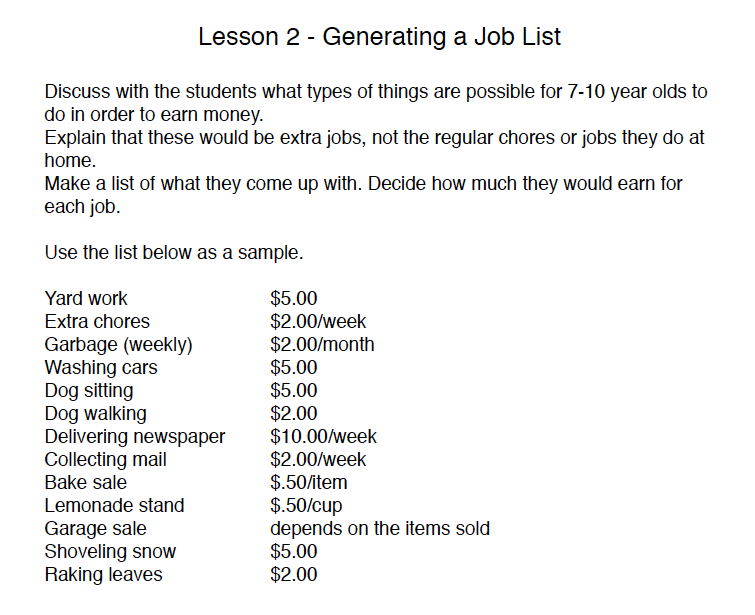
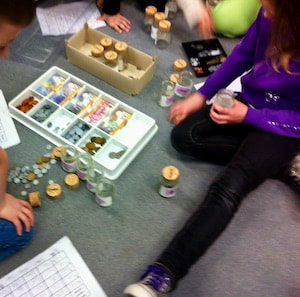
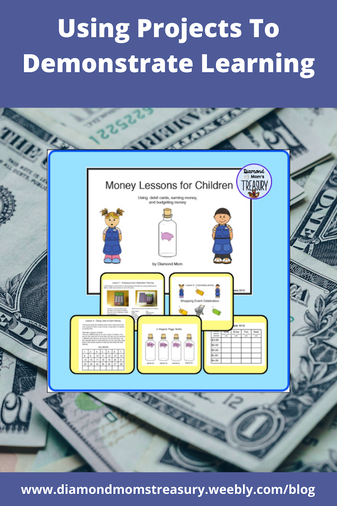

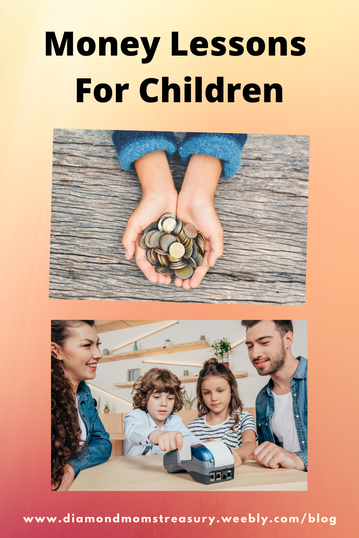
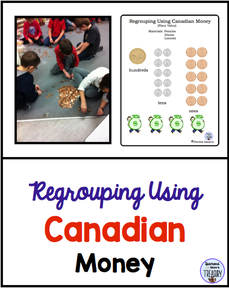
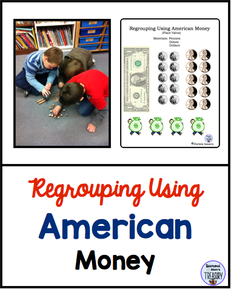
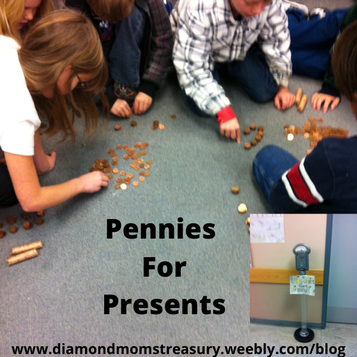
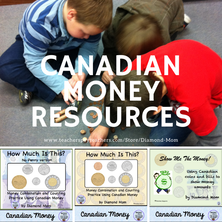
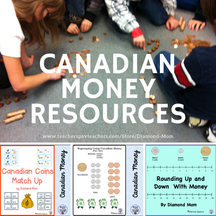
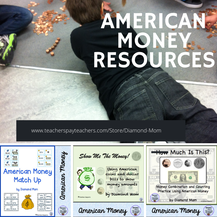
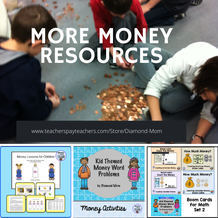
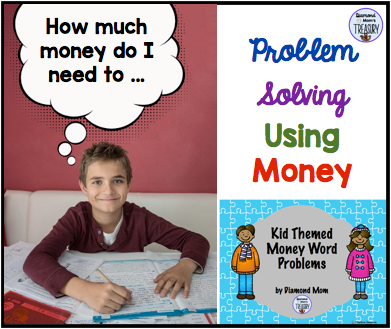
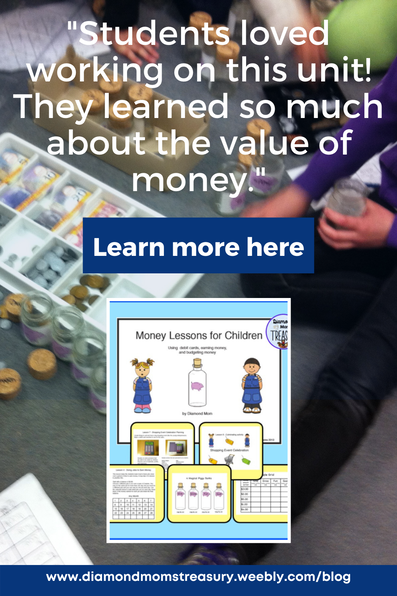
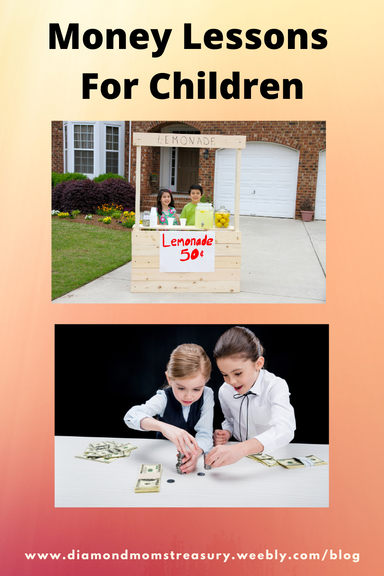
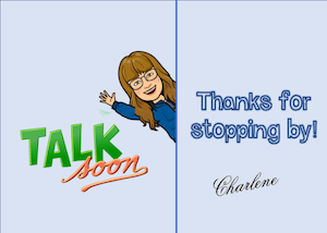
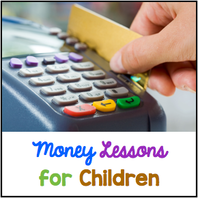
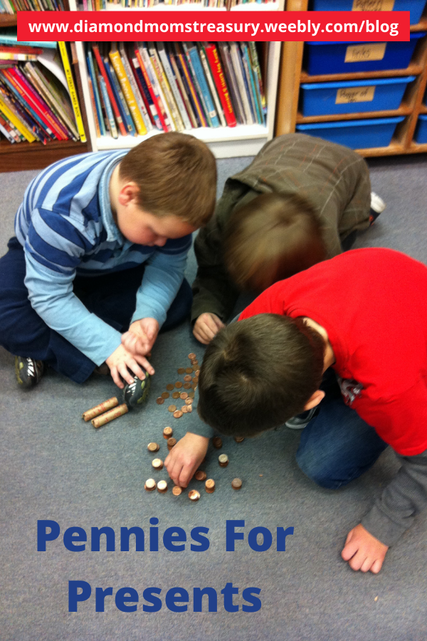
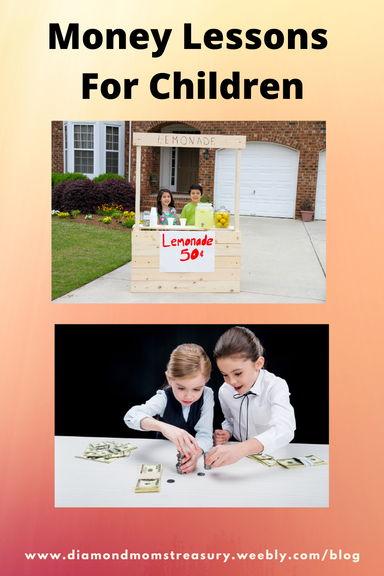
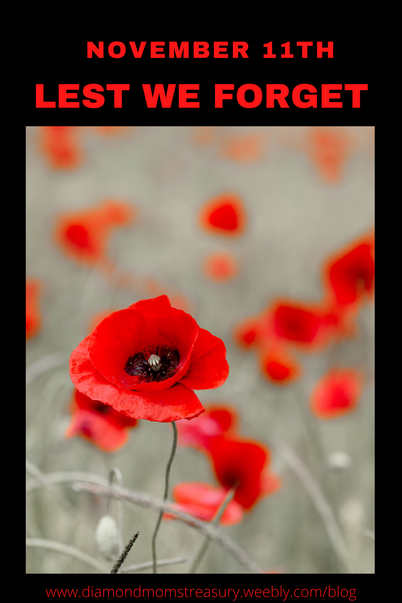
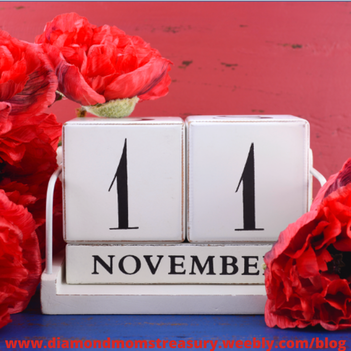


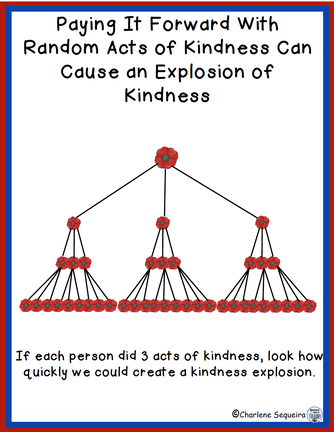
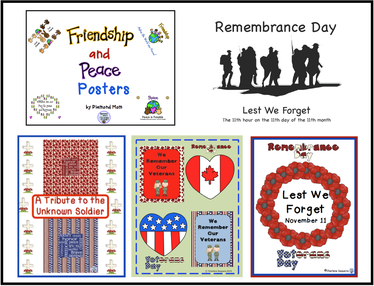
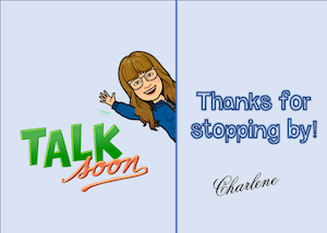
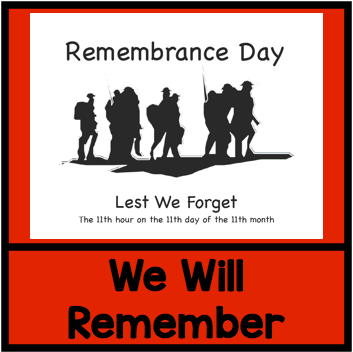
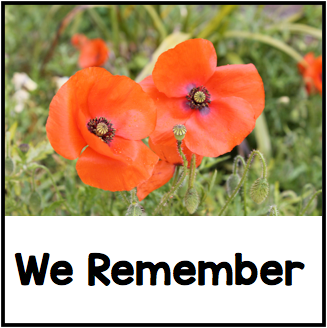
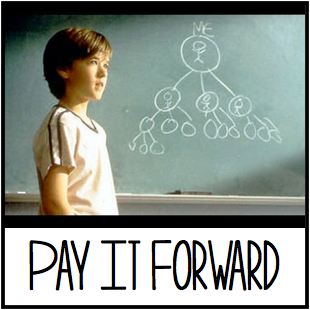

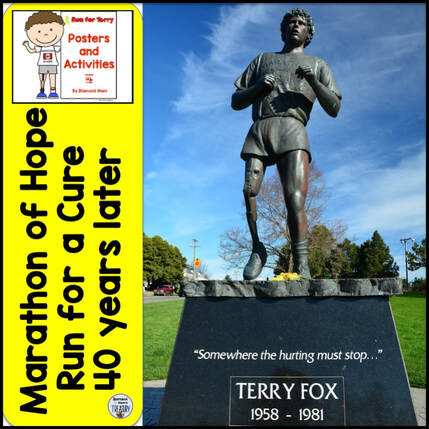

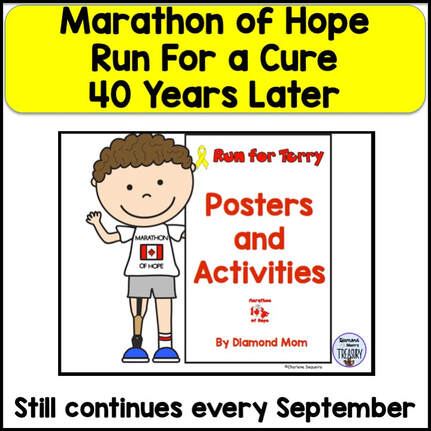
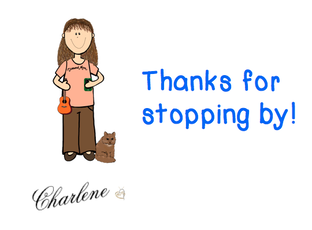
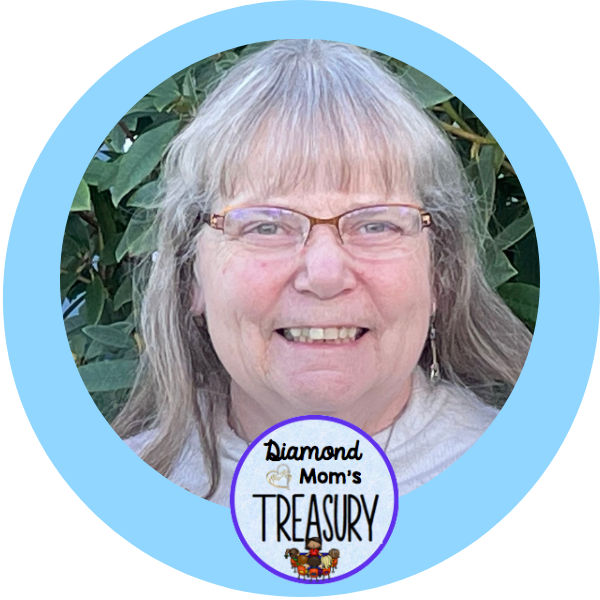


 RSS Feed
RSS Feed